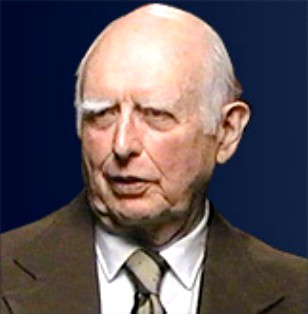| Dr. Francis A. Young |
| Professor Emeritus at Wshington State University, Dr. Young is also a recipient of the AOA's prestigious Apollo Award, as well as ten other honors in the optometric profession. He has authored or co-authored more than 100 research papers, and his groundbreaking research with Native Alaskans in 1968 provided powerful evidence that nearsightedness might not be inherited and could potentially be prevented. He is a graduate of Ohio State University. |
| ________________________________________________________________ My support for Steve Leung To the Parents: I would like to personally endorse the work of Steve H. Leung and Alfred Han Bossino in their effort to educate the public about the necessity of using the plus for prevention. Dr. Leung's knowledge and skill could be of considerable value to your child in his goal to maintain clear distant vision through the school years. |
 |
| Francis A. Young Ph.D. ------------------------------- Signature on File |
| Professor Young requests the removal of his name as an author of the Houston bifocal study. |
| Francis Young's study, using the plus in the form of a "bi-focal" showed that incipient myopia could be prevented. The second-opinion is that myopia can be prevented. The majority-opinion expressed by George Woo, is that myopia can NEVER be prevented. Since the experts disagree, it would be wise for you to understand the scientific facts supporting plus-prevention -- and the nature of these arguments. It is of value to know if "primitive man" had good vision. A study of "wild" primates shows that at least 96 percent had good vision. |